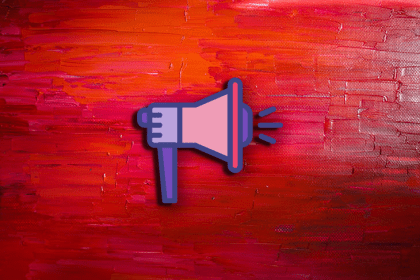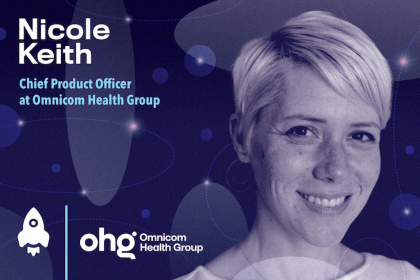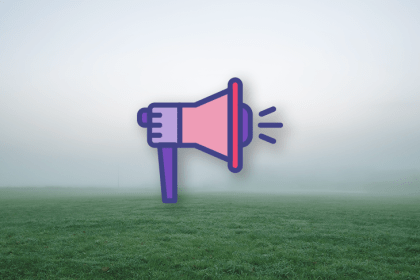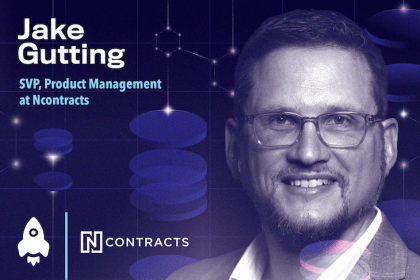
Process improvement involves an investigation of each stage of your product development to ensure maximum efficiency and effectiveness.

The relationship between those sales and product management isn’t always straightforward. It can be complicated and messy.

Nicole Keith, CPO at Omnicom Health Group, explains how reducing the time engineers spent writing code made her team more collaborative and, ultimately, more productive.

The Van Westendorp Price Sensitivity Meter is a tool used to determine the range of prices your users would deem acceptable for your product.

Building in the open is a modern way of engaging with customers and other interested audiences. Discover the benefits and drawbacks of increasing the transparency with which your company builds products.

You need to understand your product and everything around it to be successful at your job. Discover some practical tips to help you become an expert in what your customers need.

SIPOC is a visual tool to document the inputs and outputs of a specific business process and look for process improvements.

Resource management is the process of ensuring you have all the materials, headcount, and other things you require to complete a project or business objective.

Team autonomy is a style of managing and organizing teams in a way that they are given the autonomy to make decisions.

The cost of revenue refers to the costs accrued to generate revenue and usually comes from either cost-to-serve or cost of acquisition.

Micromanagers excessively monitor their team’s progress, which demotivates them and builds resentment towards you.

In this interview with Jake Gutting, he shares his experience working in a highly regulated industry that requires quick pivots in strategy.